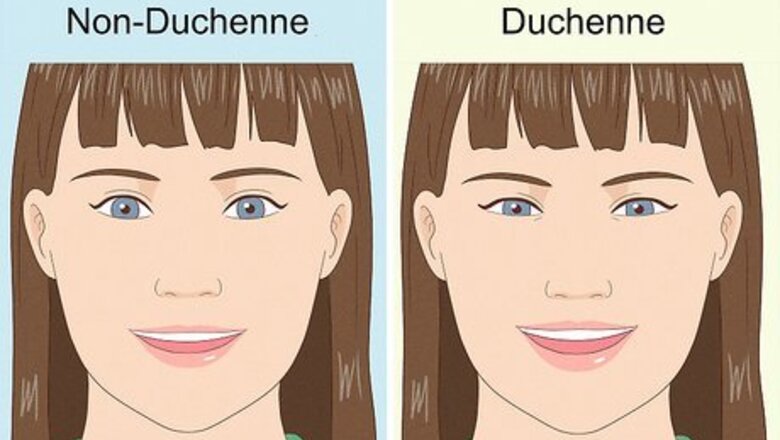
views
Different Types of Smiles
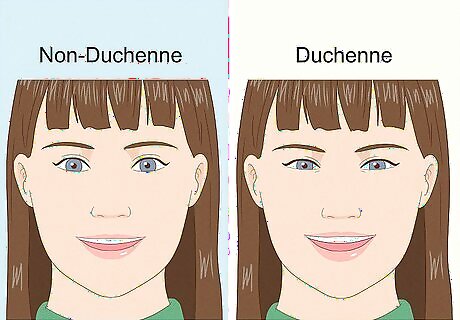
Duchenne smile The Duchenne smile is also known as the genuine smile because people make it in response to genuine happiness and pleasure. According to Marono, the Duchenne smile is “where the cheeks…raise and you can see the muscles at the bottom of the eyes engage” (which looks like wrinkles or crows' feet). The smile itself is typically wide with the teeth showing, and the face seems to light up. Marono explains that the genuine smile isn’t so much about the mouth as “some people smile big [and] some people smile small,” which just comes down to “their facial physiology or…preference.” She says the defining features are if “the muscles under the eyes and…the cheeks [are] involved.” Genuine smiles can also make people feel more positive, trustworthy, and friendly. Meet the wikiHow Experts Abbie Marono is a language and nonverbal communication expert. John Keegan is a dating coach, motivational speaker, and owner of The Awakened Lifestyle. He has over 15 years of experience helping people find love.
Dampened smile The dampened smile is a type of genuine and happy smile where someone is trying to control and suppress their emotions. This may be due to cultural reasons or because the situation isn’t appropriate for a full smile. With the dampened smile, the eyes still crinkle and the cheeks are still raised, but the mouth is typically closed and the lip corners are pulled downward. For instance, in some cultures, it may be considered proper social etiquette to conceal strong emotions in public. So, dampened smiles may be more common.
Open-mouth smile The open-mouth smile is another genuine and joyful smile. It’s similar to the Duchenne smile, complete with raised cheeks and eye wrinkles, except the mouth is completely open. It’s often made in response to delighted surprise and amazement, similar to how people drop their jaws in shock. People typically tilt their head backward when they make this smile, and it’s usually followed by laughter.
Closed-mouth smile The closed-mouth smile is a slightly more reserved version of the Duchenne and open-mouth smiles. With this smile, the lips stay pressed together with no teeth showing. However, the cheeks lift and the eyes crinkle, so it’s still considered a warm, friendly, and happy smile. As Marono explains, “A lot of people are insecure about their teeth and purposefully change their smile.” So while the closed-mouth smile might not be as expressive and enthusiastic as the Duchenne smile, it may be some people’s preferred way to show happiness and joy.
Fake smile The fake smile mimics the look of a Duchenne smile without the genuine emotions of happiness, pleasure, or excitement behind it. People often make fake smiles when posing for pictures or when they want to remain polite in a social situation. But how can you tell if a smile is fake? Marono explains that if the cheek and eye muscles aren’t engaged, “it's a false smile.” Fake smiles are often made too quickly and last too long or disappear too fast, compared to genuine smiles. While genuine smiles signal trustworthiness, approachability, and attractiveness, says Keegan, fake smiles communicate the opposite and can make someone seem suspicious.
Polite smile Also known as the qualifier smile, the polite smile isn’t an overly friendly or warm expression. Instead, it’s more of a social formality that people make to keep interactions pleasant. For instance, people typically make it when quickly greeting someone or to reassure someone when giving them bad news. The smile is usually tight-lipped with the mouth corners slightly raised and no eye wrinkling. People also commonly make the polite smile when they hear something they don’t like, but want to conceal their true feelings to maintain a polite appearance.
Flirtatious smile Sometimes called the Mona Lisa smile, the flirtatious smile is a coy gesture that people make to get someone’s attention and interest. It usually involves slightly raising the lips into a closed-mouth smile while making direct eye contact with someone. Then, the person slowly glances away while still smiling. The flirtatious smile can also involve raising the brows or tilting the head down.
Embarrassed smile The embarrassed smile is also known as the awkward smile or uncomfortable smile, as people typically make it when they feel self-conscious or find themselves in uncomfortable situations. It’s characterized by a slight, closed-mouth smile while the person averts their gaze and tips their head down and to the left. They might touch their face and blush, too. People often make embarrassed smiles to conceal their emotions and remain polite in awkward situations, or to reassure people that they’re okay after doing something embarrassing.
Sarcastic smile You might call the sarcastic smile more of a smirk or sneer, as it doesn’t convey genuine joy and positivity like the Duchenne smile. Instead, the sarcastic smile expresses ironic humor and mischievousness, often at unfortunate events, as well as superiority, smugness, and mockery. It’s an asymmetric smile that involves keeping the lips closed while raising one corner of the mouth. For instance, someone might make a sarcastic smile while watching their friend fall for a prank, or after winning a competition against their rival. The sarcastic smile is sometimes called a wry smile or a sly smile.
Miserable smile Smiling isn’t just for happiness—people also smile when they’re feeling emotional and physical pain. The sad or miserable smile is typically a closed-mouth expression where the lip corners and cheeks are barely raised. The eyes do not crinkle and instead appear downcast and droopy. People may smile when they’re upset, distressed, or in pain to protect themselves from the negative emotions. If they’re around other people, they may give a sad smile to indicate that they’re “fine” and hide their deeper feelings.
Customer service smile Also known as the Pan Am smile, this smile is named after the forced smiles flight attendants were instructed to plaster on their faces when dealing with customers. This is a type of fake smile that’s open and extra wide, but the eyes don’t crinkle in genuine happiness or enjoyment. Given the name, it’s no surprise that this smile is common in customer service jobs. Employees are often told to stay smiling even when dealing with difficult situations and customers.
Contempt smile The contempt smile is a negative gesture that expresses disgust, disdain, and disapproval. This is usually a tense, closed-mouth smile where the corners of the mouth appear tight and pinched together. It can also involve a lip curl, where one side of the lip is raised to expose the teeth. While someone may feel disgust or disapproval in response to a situation, they may smile to cover up their feelings and try to remain polite.
Compliance smile The compliance smile is a reassuring gesture that people use to let others know that they’re agreeable and accepting. People usually make it after receiving bad news or hearing something they didn’t want to, so it’s a way to say, “Don’t worry, I’m not going to make a fuss.” It looks similar to the polite smile, though the eyes may be raised slightly.
Enjoyable-anger smile The enjoyable-anger smile is typically made in response to getting a kick out of someone else’s misfortune. This is a cruel and slightly creepy smile that people usually try to hide from others. It typically involves a tight, closed-mouth smile and narrowed eyes. This smile is related to other dual emotional smiles, like the enjoyable-fear and enjoyable-contempt smiles.
Listener response smile The listener response smile is a type of polite smile that people tend to make when someone else is talking. People make it to let the speaker know that they’re listening and understand them (similar to saying, “mm-hmm” or nodding) and encourage them to keep talking. It’s characterized by a slight, closed-mouth smile.
Types of Social Smiles
Smiles have three main social functions: reward, affiliation, and dominance. Smiling is a form of non-verbal communication that allows us to express a wide range of emotions to others, including happiness, sadness, and attraction. This helps us to understand one another, form bonds, and even establish social hierarchies. Scientists currently classify smiles into 3 main types based on their social function: Reward smiles: Reward smiles express positive feelings like happiness, which feel rewarding to give and receive, and reinforce behavior. For instance, a baby smiling at their mother is considered a reward smile because it leads to positive feelings and even the release of dopamine. Affiliative smiles: Affiliative smiles express friendliness and politeness, which help people form and maintain bonds. For instance, smiling at your neighbor on your daily walk is considered an affiliative smile. Dominance smiles: Dominance smiles express superiority. They’re meant to enforce social status and are associated with negative emotions in whoever receives them. For instance, smiling at your coworker after you got a promotion over them is considered a dominance smile.
Types of Smile Patterns
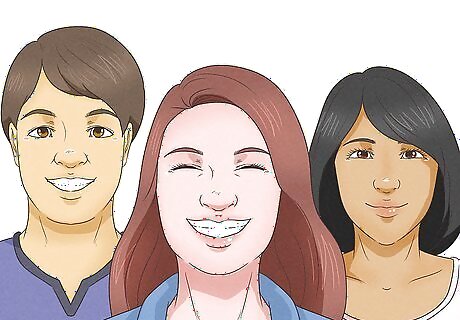
There are three common smile patterns: commissure, cuspid, and complex. Smiles are also categorized into different patterns based on the shape of the lips and how much teeth are showing. The three most common patterns are: Commissure smile: The commissure smile is characterised by the upper corners pulling upward and outward to expose the top row of teeth. It's the most common pattern, with 67% of the population having it. Cuspid smile: The cuspid smile is characterized by the lips exposing the canine teeth and then pulling down at the corners. Around 31% of the population has this smile. Complex smile: The complex smile is characterized by the upper lip pulling upward and the lower lip pulling downward at the same time, leaving the upper and lower teeth exposed. Only around 2% of the population has this smile.













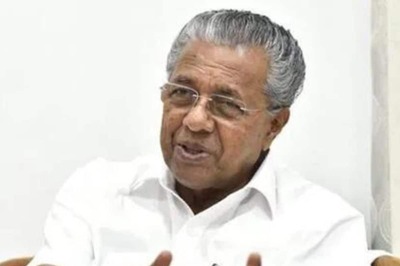

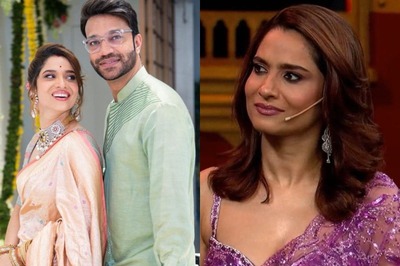
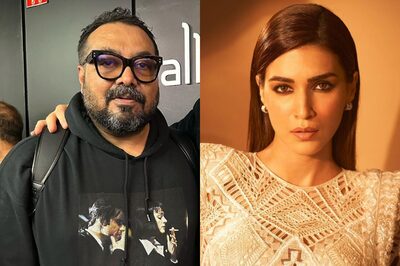
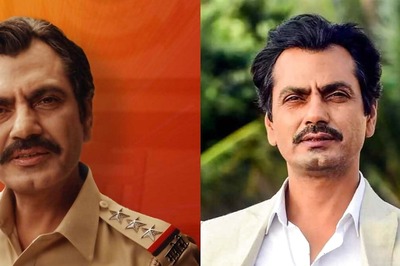
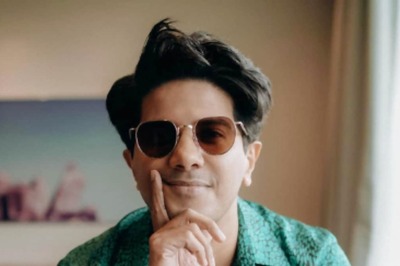
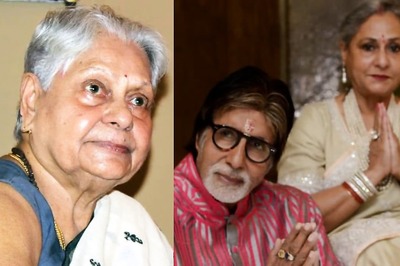
Comments
0 comment